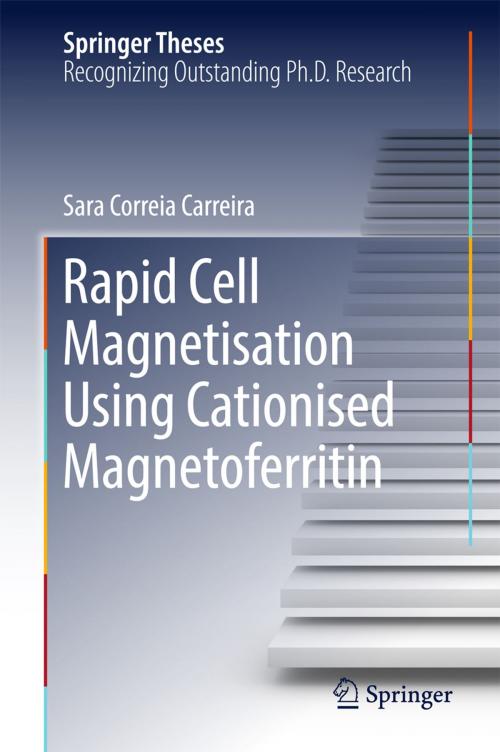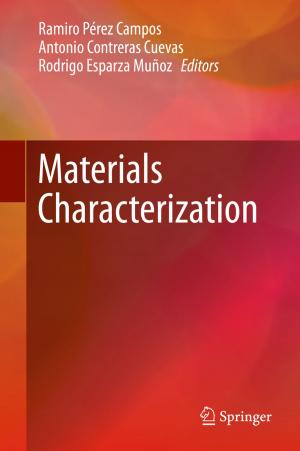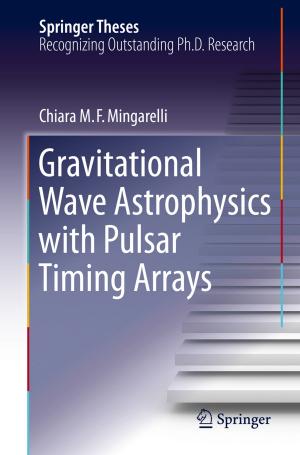Rapid Cell Magnetisation Using Cationised Magnetoferritin
Nonfiction, Science & Nature, Science, Biological Sciences, Biophysics, Cytology| Author: | Sara Correia Carreira | ISBN: | 9783319603339 |
| Publisher: | Springer International Publishing | Publication: | June 21, 2017 |
| Imprint: | Springer | Language: | English |
| Author: | Sara Correia Carreira |
| ISBN: | 9783319603339 |
| Publisher: | Springer International Publishing |
| Publication: | June 21, 2017 |
| Imprint: | Springer |
| Language: | English |
Bringing together nanoscience with stem cell and bacterial cell biology, this thesis is truly interdisciplinary in scope. It shows that the creation of superparamagnetic nanoparticles inside a protein coat, followed by chemical functionalisation of the protein surface, provides a novel methodology for cell magnetisation using incubation times as short as one minute. Crucially, stem cell proliferation and multi-lineage differentiation capacity is not impaired after labelling. Due to the unspecific labelling mechanism, this thesis also shows that the same magnetic protein nanoparticles can be used for rapid bacterial magnetisation. Thus, it is possible to magnetically capture and concentrate pathogens from clinical samples quickly and highly efficiently.
Bringing together nanoscience with stem cell and bacterial cell biology, this thesis is truly interdisciplinary in scope. It shows that the creation of superparamagnetic nanoparticles inside a protein coat, followed by chemical functionalisation of the protein surface, provides a novel methodology for cell magnetisation using incubation times as short as one minute. Crucially, stem cell proliferation and multi-lineage differentiation capacity is not impaired after labelling. Due to the unspecific labelling mechanism, this thesis also shows that the same magnetic protein nanoparticles can be used for rapid bacterial magnetisation. Thus, it is possible to magnetically capture and concentrate pathogens from clinical samples quickly and highly efficiently.















